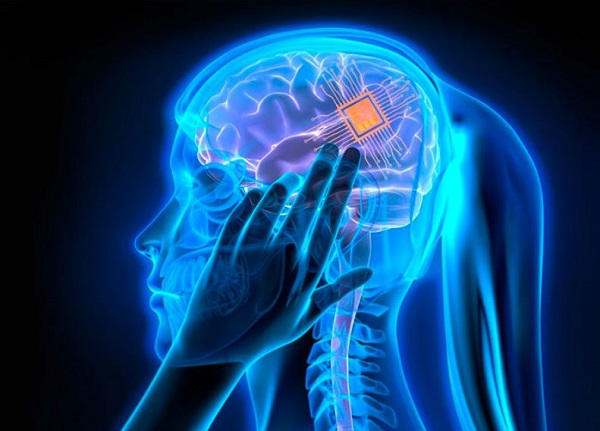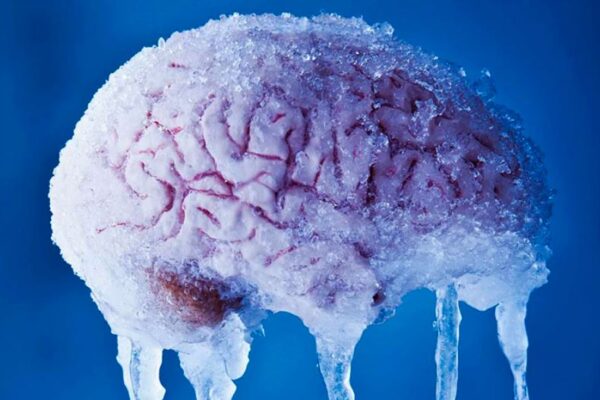For a long time, many people have wanted to be immortal. With the continuous development of technology, experts predict that as early as 2030, people can touch this dream thanks to the support of the following 4 technologies.
Electronic immortality
Electronic immortality or electronic immortality can be simply understood as preserving the brain after death and uploading the mind to a computer. The idea of uploading the mind to a computer has been theorized for years, but it remains the stuff of science fiction.
It is predicted that “electronic immortality” will be achieved by 2050.
Nectome, a US-based startup is trying to change that by preserving the human brain so memories can be uploaded to the “cloud”. Nectome’s approach is to preserve the brain in every detail thanks to a “high-tech embalming process”, using a chemical solution that can keep the body intact for hundreds or thousands of years using frozen glass. .
Robert McIntyre, co-founder of Nectome, said that what Nectome does is like a unique form of mummification, preserving not only external details but also internal details through “connection”. Connectivity is the complex network of neural connections in the brain, often called the brain’s wiring.
According to McIntyre, this technology is still in its infancy but the prospect is to help humans become immortal through preserving the brain so memories can be uploaded to the cloud. This means we still “live” through androids even after our bodies die, allowing us to attend our own funerals. It is predicted that “electronic immortality” will be achieved by 2050.
Brain freeze
Their brains or entire bodies are floating in tanks of liquid nitrogen for preservation.
One of the pioneers in this technology is Russia’s KrioRus, which currently has 91 “patients” stored at -320.80F (-1960C) to protect the brain from damage. This temperature is cold enough to stop all cell functions and maintain the body’s state until thawed.
KrioRus said that thanks to the above technology, the dead have the ability to be revived in the future when there are new scientific advances, enough to cure all diseases they suffer from. Their brains or entire bodies are floating in tanks of liquid nitrogen and placed in a warehouse on the outskirts of Moscow at a cost of about $28,000.
Cell rejuvenation
Many scientific breakthroughs have been made regarding stem cell injections, which have been shown to have the ability to rejuvenate cells. Stem cells possess a remarkable ability to transform into various cell types within the body, including muscle, bone, and nerve cells, making them truly exceptional. When injected into the body, they can integrate with damaged tissues and help repair and regenerate them.
Stem cell therapy may be the “key” to extending human lifespan.
Dr. Steven Cohen, who owns clinics in California (USA) and London (UK), said that stem cell therapy could be the “key” to extending human lifespan up to 150 years.
In March 2023, Cohen said that his technology, which involves injecting people with exosomes, small vesicles naturally produced by stem cells, will be on the shelves within the next five years. Exosomes – filled with essential proteins, lipids, nucleic acids and other substances – flow into organs, allowing people to live longer.
Revitalize the brain
A technology is being developed to help scientists study the brain in three dimensions, creating the “key” to immortality. In 2019, Yale University (USA) restored circulatory and cellular activity in a pig’s brain 4 hours after it died by pumping oxygen-rich artificial blood into the brain.
The possibility that the brain could be kept alive indefinitely and that additional steps could be taken to restore cognition is also “uncharted territory,” according to the study. The success of the experiment provided a new method for studying the structure and function of the intact large mammalian brain.
The research team hopes that future 3D brain studies can help doctors find ways to salvage brain function in stroke patients or test new therapies.














